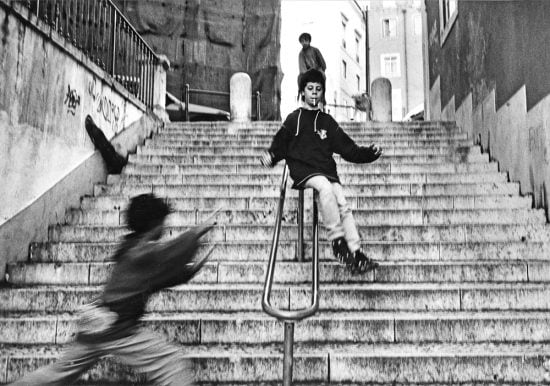Street Photographers Fundamentals Explained
Wiki Article
Street Photographers Things To Know Before You Get This
Table of ContentsThe Greatest Guide To Street PhotographersThe Single Strategy To Use For Street PhotographersGetting The Street Photographers To WorkSome Known Facts About Street Photographers.The Basic Principles Of Street Photographers
Street digital photographers do not necessarily have a social objective in mind, but they favor to isolate and capture minutes which might otherwise go undetected.He was affected by many of those who affected the street digital photographers of the 1950s and '60s, he was not chiefly interested in catching the spirit of the road. The impulse to visually record people in public started with 19th-century painters such as Edgar Degas, douard Manet, and Henri de Toulouse-Lautrec, that worked side by side with digital photographers attempting to catch the essence of urban life.
Due to the fact that of the fairly primitive modern technology offered to him and the lengthy direct exposure time called for, he struggled to catch the pressure of the Paris roads. He explore a series of photo approaches, trying to find one that would allow him to catch activity without a blur, and he found some success with the calotype, patented in 1841 by William Henry Fox Talbot. In comparison to Atget, digital photographer Charles Marville was hired by the city of Paris to create an encyclopaedic file of Haussmann's metropolitan planning job as it unfolded, therefore old and new Paris. While the professional photographers' topic was basically the exact same, the outcomes were substantially various, showing the influence of the digital photographer's bent on the personality of the pictures he created.
Given the fine top quality of his pictures and the breadth of material, architects and artists commonly acquired Atget's prints to make use of as recommendation for their very own work, though industrial rate of interests were hardly his main inspiration. Instead, he was driven to picture every last remnant of the Paris he enjoyed. The mingled interest and seriousness of his goal shine through, leading to photos that narrate his own experience of the city, qualities that expected road photography of the 20th century.
The 25-Second Trick For Street Photographers
They reveal the city through his eyes. His work and fundamental understanding of photography as an art kind served as ideas to generations of photographers that adhered to. The future generation of road professional photographers, though they likely did not refer to themselves because of this, was introduced by the photojournalism of Hungarian-born digital photographer Andr Kertsz.Unlike his peers, Brassa made use of a larger-format Voigtlnder video camera with a longer direct exposure time, compeling him to be a lot more calculated and thoughtful in his why not try these out technique than he might have been if making use of a Leica.
Cartier-Bresson was a champ of the Leica camera and one of the first photographers to optimize its capacities. The Leica allowed the digital photographer to interact with the surroundings and to catch minutes as they took place. Its relatively little dimension additionally helped the photographer discolor into the background, which was Cartier-Bresson's preferred strategy.
Getting The Street Photographers To Work
It is as a result of this basic understanding of the art of photo taking that he browse this site is commonly attributed with finding the tool around once more approximately a century because its innovation. He took photographs for more than a half century and affected generations of digital photographers to trust their eye and instinct in the moment.These are the questions I will try to respond to: And then I'll leave you with my very own interpretation of street photography. Yes, we do. Allow's start with specifying what a definition is: According to (Street Photographers) it is: "The act of specifying, or of making something certain, distinct, or clear"
No, certainly not. The term is both limiting and misguiding. Seems like a street digital photography ought to be photos of a roads best?! And all road digital photographers, except for a small number of outright beginners, will totally appreciate that a road is not the crucial component to road photography, and really if it's a picture of a road with perhaps a couple of dull people not doing anything of interest, that's not road photography that's a photo of a street.
An Unbiased View of Street Photographers
He makes a legitimate point don't you assume? Nevertheless, while I concur with him I'm not exactly sure "honest public photography" will certainly capture on (although I do kind of like the term "candid digital photography") due to the fact that "street photography" has actually been around for a very long time, with many masters' names affixed to it, so I think the term is below to remain.You can shoot at the beach, at an event, in an alley, in a park, in a piazza, in a cafe, at a museum or art gallery, in a city terminal, at an event, on a bridge, under a bridge ...
Yes, I'm afraid we scared no choice! Without regulations we can not have a definition, and without a meaning we do not have a style, and without a genre we don't have anything to define what we do, and so we are stuck in a "policies definition style" loophole!
The Of Street Photographers

Report this wiki page